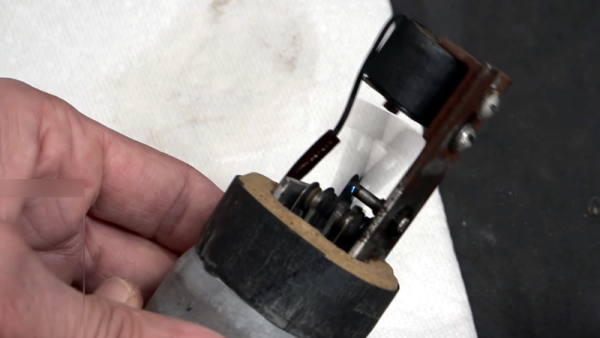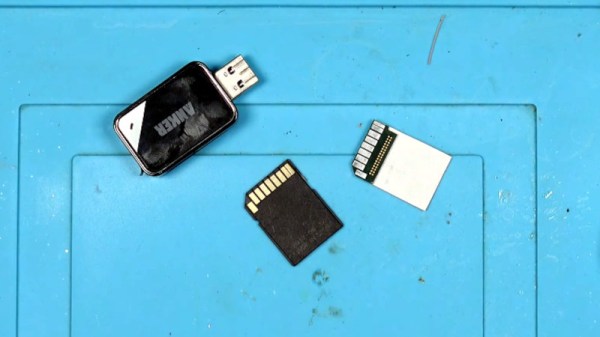Many of us misspent our youth fixing televisions. But fixing a 1970s TV is a lot different than today — the parts were big and tubes were made to be replaced. Have you torn into a big flat screen lately? It is a different world, as [The Fixologist] shows us in the video below.
The TV in question was rescued from a neighbor who was about to throw it away. If you are like us, you’ll watch the first few minutes and see it powers up, but the screen is very dark. Back light problem, right? No problem. But it turned out to be more than we thought.
Honestly, we assumed it might be the power supply, and we would have put a power supply on the LED leads to test that first. That would have been smart because taking the panel off to reveal the LEDs was very difficult! There were two bad LEDs, though, so in the end you’d have had to do it anyway.
We were disappointed that after fixing the LED, he cracked the LCD panel during the reinstallation. So, in the end, this was more of a teardown video and not a repair video. He seemed to think a lot of the tape in the unit was to thwart repairs. That could be, but we wondered if it made manufacturing the TV easier which, after all, is mostly what they care about.
This isn’t the first time we’ve heard people tearing into a TV and wondering if the factory was against them. We’ve considered it, but we are pretty sure it isn’t the case.
Continue reading “Inside A Hisense TV Repair Attempt” →


















